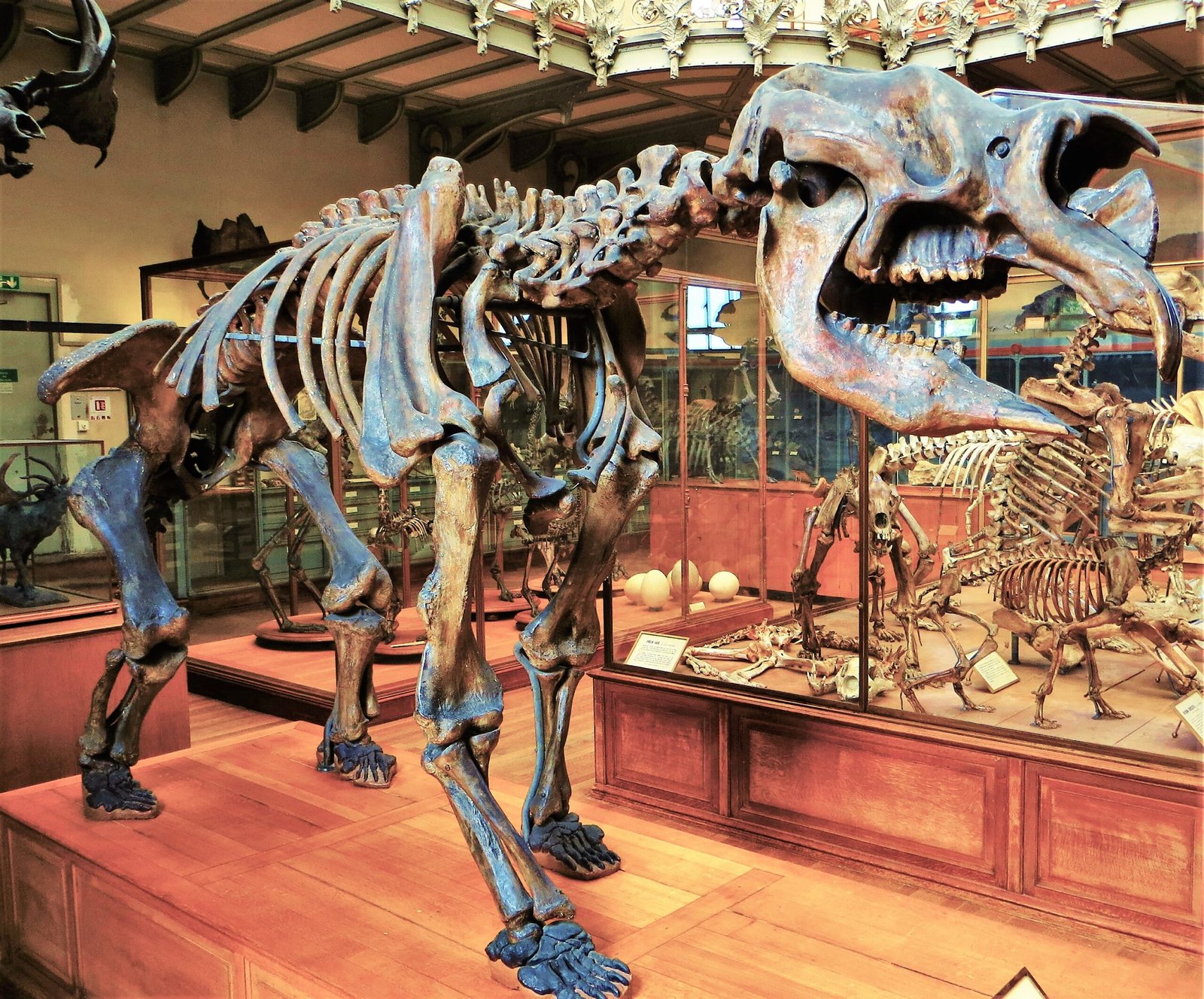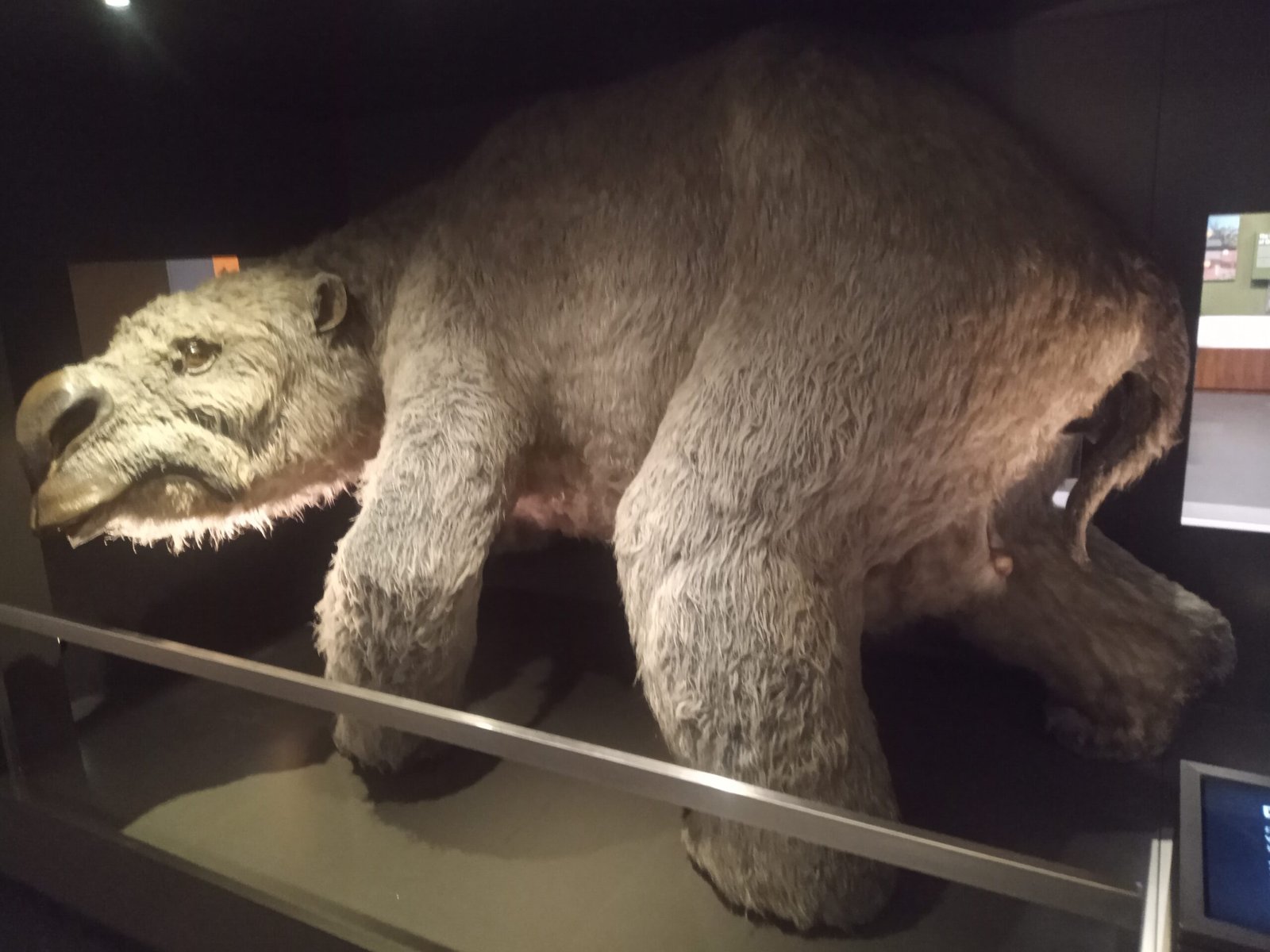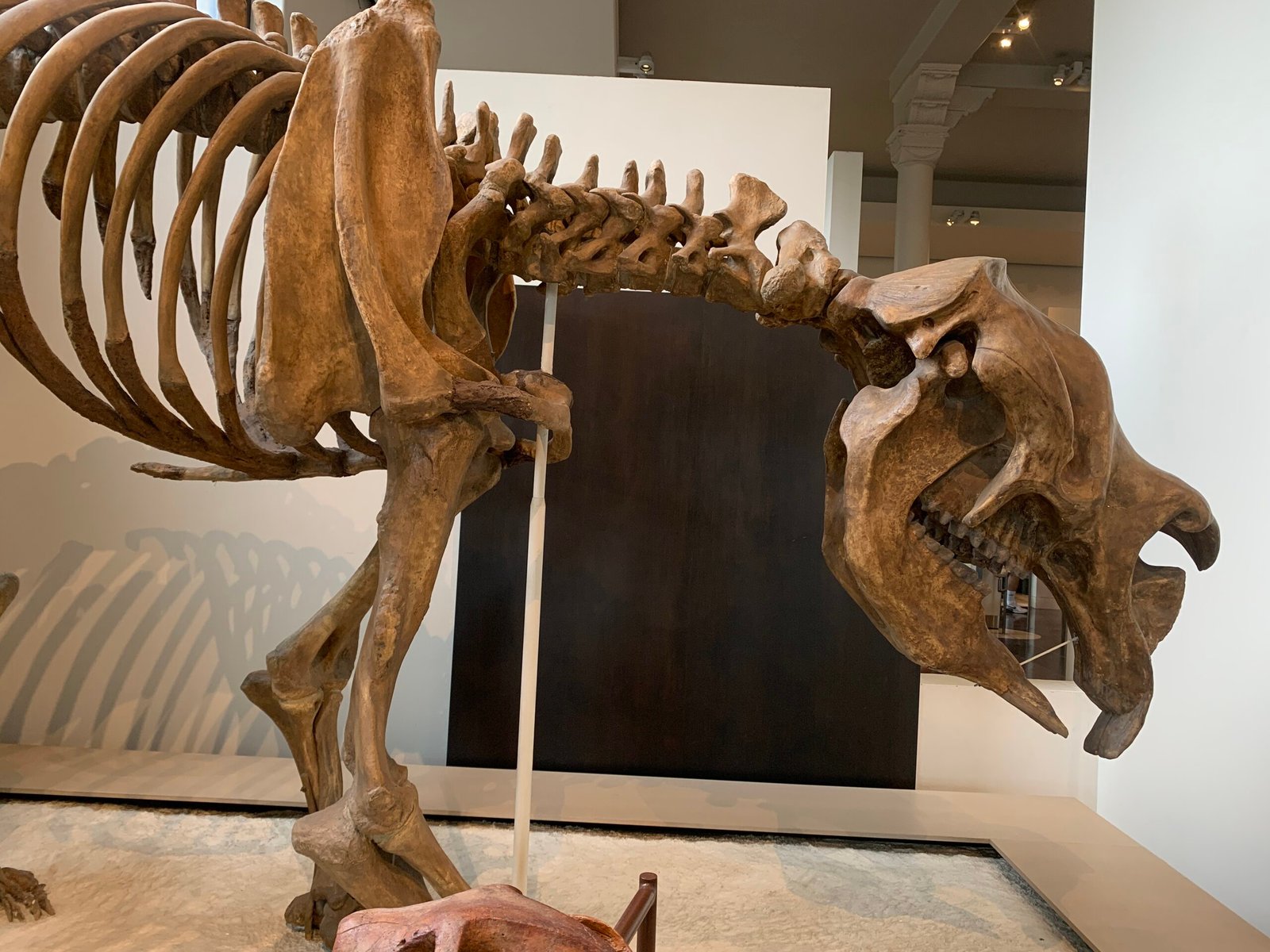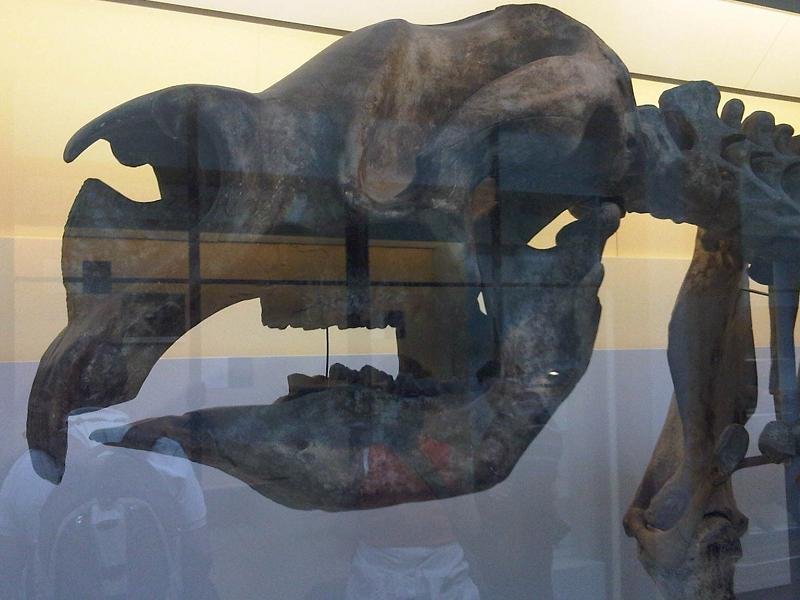Picture the wildest lands you can imagine: endless forests, no roads, no human footprints—only the roar of distant thunder and the steady, earth-shaking steps of a creature so massive that it could make the ground tremble. This isn’t a scene from a fantasy novel. Millions of years ago, before the first wheel ever carved a rut in the dirt, a colossal animal ruled the ancient landscapes of Queensland, Australia. Scientists call it the “Thunder Beast,” and while its bones have long since turned to stone, its legend still echoes through the ages. What was this mysterious giant? How did it live, and what secrets does it reveal about Australia’s ancient past?
Long Before People, There Was the Thunder Beast

Australia’s prehistoric world was radically different from the one we know today. Instead of kangaroos and koalas, the continent was home to a stunning array of megafauna—giant animals that dwarfed anything alive now. Among them, the Thunder Beast—scientifically known as Diprotodon—stood out as the largest marsupial to ever roam the Earth. Imagine a creature as big as a car, with a barrel-shaped body, stumpy legs, and a massive head topped with powerful jaws. These behemoths roamed Queensland’s vast plains and woodlands during the Pleistocene epoch, a time when the climate was cooler and wetter than today.
The Sheer Size of Diprotodon: Nature’s Heavyweight Champion

The Diprotodon wasn’t just big—it was astonishingly enormous. Adult individuals could reach up to 1.8 meters tall at the shoulder and stretch more than four meters in length. Weighing as much as three tons, they were heavier than most modern cars. Their immense size protected them from many predators of the time, and they likely moved in herds, thundering across the landscape. Every step would have left deep impressions in the soft earth, and the sound of their movement must have echoed like distant thunder, inspiring awe and fear in equal measure. No wonder early scientists gave them such a dramatic nickname.
Queensland: A Prehistoric Paradise

Back in the days of the Thunder Beast, Queensland was a patchwork of eucalyptus forests, freshwater lakes, and grassy open woodlands. Rivers snaked through the land, attracting herds of Diprotodon and other mega-mammals. Fossils found in places like Darling Downs and the Riversleigh World Heritage Area reveal that this region was one of the richest habitats for these creatures. The lush vegetation provided ample food, while the climate allowed giant marsupials to thrive. Imagine looking out over this primeval landscape, watching herds of Diprotodon grazing under ancient trees, entirely unaware of the world that would one day replace them.
The Diet of a Giant: What Did the Thunder Beast Eat?

Despite their intimidating size, Diprotodon were gentle giants—herbivores who spent their days munching on leaves, shrubs, and grasses. Their large, ever-growing front teeth were perfectly suited for clipping tough vegetation, and their massive jaws helped them grind down fibrous plant material. Scientists believe they were generalist feeders, meaning they could eat a wide variety of plants depending on what was available. This adaptability was key to their survival in a changing environment. It’s fascinating to imagine such a massive animal quietly browsing through forests, shaping the world around them with every bite.
Surviving the Shifting Climate

The world of the Thunder Beast was anything but stable. Over thousands of years, Australia’s climate shifted between wet and dry periods, reshaping the land and its ecosystems. Diprotodon had to adapt to these changes or face extinction. Fossil evidence suggests that they migrated in response to water and food availability, following seasonal rains across the landscape. These migrations would have been dramatic spectacles—hundreds of giant animals on the move together, searching for the resources they needed to survive. Yet, despite their size and resilience, even the Thunder Beast couldn’t escape the relentless forces of climate change.
Face to Face with Australia’s Ancient Predators
While Diprotodon had little to fear from most predators, they did share their world with some formidable hunters. The marsupial lion, Thylacoleo, was the apex predator of the time, and it likely targeted young, old, or sick Diprotodon. Giant monitor lizards, similar to today’s Komodo dragons but even larger, also prowled the ancient forests. Still, a healthy adult Thunder Beast would have been a daunting opponent, requiring cunning and teamwork from any predator hoping for a meal. These dramatic interactions shaped the balance of power in prehistoric Queensland, creating a dynamic and constantly shifting ecosystem.
The Mystery of Extinction: What Happened to the Thunder Beast?

Around 40,000 years ago, Diprotodon and most of Australia’s megafauna vanished from the fossil record. The reasons for their extinction remain a hot topic among scientists. Was it climate change, which dried up water sources and reduced their food supply? Or did the arrival of the first humans in Australia tip the balance, with hunting and habitat changes leading to their decline? Some researchers argue it was a deadly combination of both factors. Whatever the cause, the disappearance of the Thunder Beast marked the end of an era, forever changing the face of Queensland’s natural history.
Unearthing the Past: Fossils Tell the Story

The bones of Diprotodon have been found across Queensland, often in remarkable condition. In some locations, entire skeletons have been unearthed, allowing scientists to reconstruct these giants in stunning detail. Fossilized footprints and trackways provide even more clues about their behavior, showing herds moving together and revealing how these animals interacted with their environment. Each new discovery brings the world of the Thunder Beast closer to life, giving us a window into a time when giants ruled the land. For paleontologists, finding a Diprotodon fossil is like striking gold—a piece of a lost world waiting to be understood.
The Thunder Beast in Aboriginal Lore
Aboriginal Australians have lived in Queensland for tens of thousands of years, and their stories sometimes feature creatures that sound a lot like Diprotodon. Rock art and oral traditions speak of large, mysterious animals that once roamed the land, leaving tracks and shaping the landscape. Some elders say these stories are memories passed down from ancestors who may have witnessed the last of the megafauna. Whether these tales are literal or symbolic, they remind us that the Thunder Beast’s legacy lives on in the cultural memory of Australia’s first peoples.
Modern Lessons from Ancient Giants

The story of the Thunder Beast is more than just a prehistoric adventure—it’s a powerful reminder of how fragile life can be in the face of change. Today, species around the world are facing their own battles for survival as habitats shrink and climates shift. Studying the rise and fall of Diprotodon helps scientists understand the consequences of environmental change and the importance of protecting our planet’s remaining giants. The echoes of the Thunder Beast’s footsteps remind us of the urgent need to care for the living world before more wonders are lost forever.
A Land Forever Changed by Giants
Queensland’s ancient giants may be gone, but their presence still shapes the land. The fossils they left behind inspire awe, curiosity, and a sense of connection to a world long past. Their bones rest beneath the earth, waiting to be discovered by the next generation of explorers and dreamers. The story of the Thunder Beast is one of power, resilience, and mystery—a testament to the incredible creatures that once called Australia home. Would you have guessed that such giants once walked where trucks now roll and highways now stretch to the horizon?




